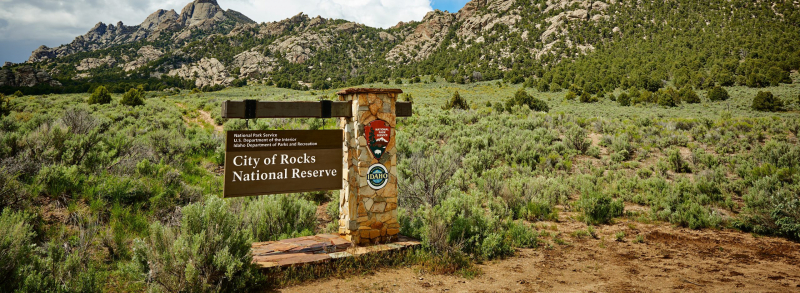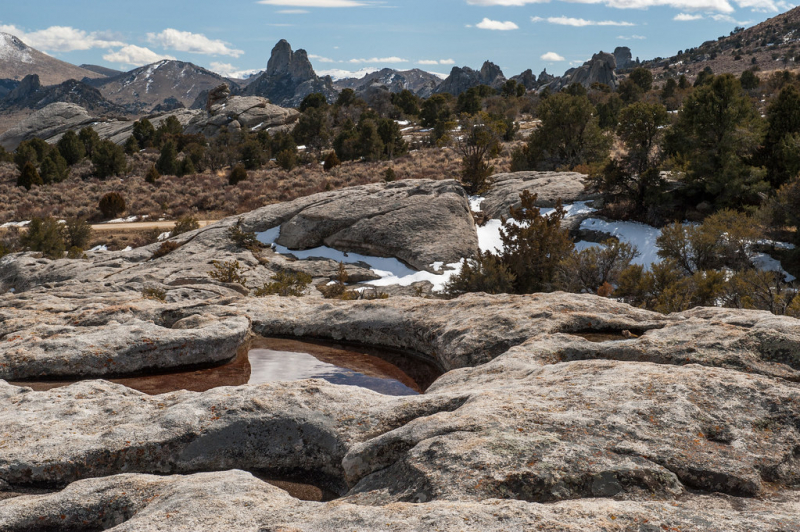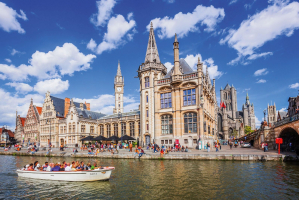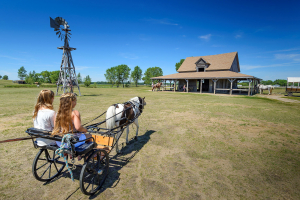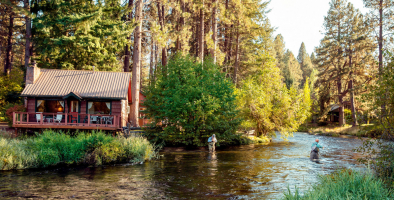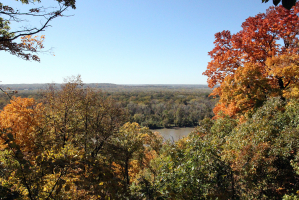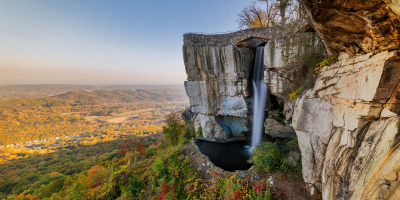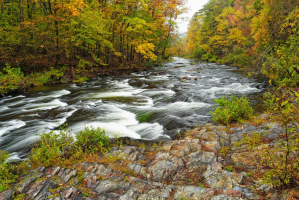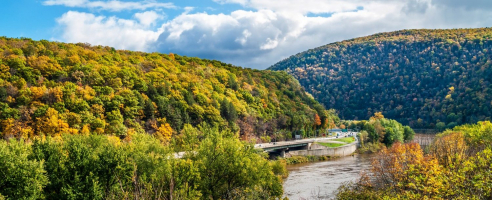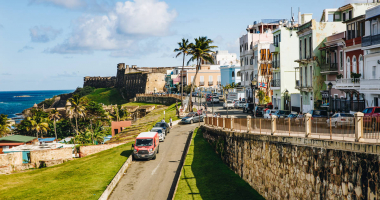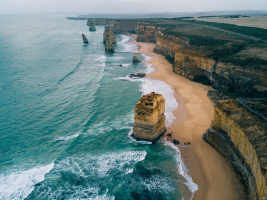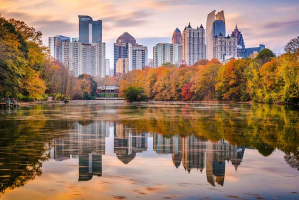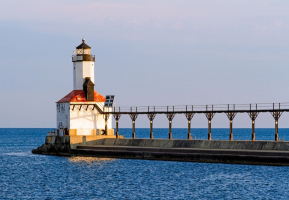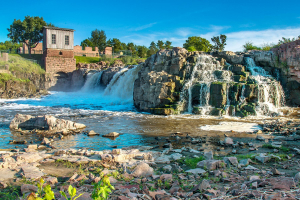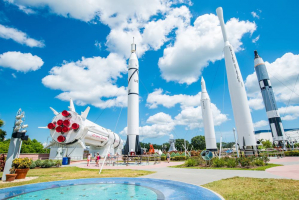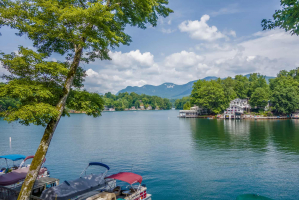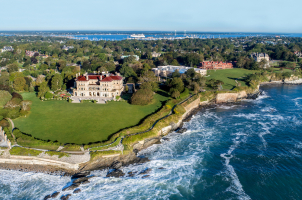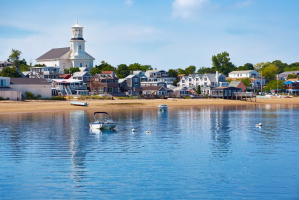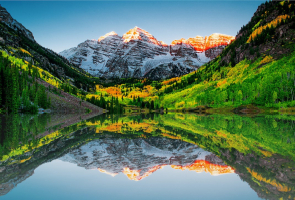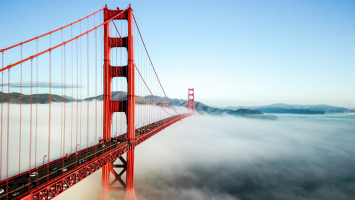Top 10 Best Day Trips from Idaho
When it comes to stunning natural scenery in the US, Idaho is one of the most underappreciated states. These fantastic day adventures from Idaho as evidence. ... read more...Idaho has a variety of attractions, from the hot springs in Kirkham to the breathtaking Shoshone Falls. And thankfully, if you want to utilize the city as a base, many of these locations can be reached on one of the several Idaho day excursions that are available. To help you plan your journey, let's look at the Best Day Trips from Idaho.
-
Bogus Basin is one of the best day trips from Idaho. It is a ski area in Boise County, Idaho, sixteen road miles (26 km) north-northeast of the city of Boise. Bogus is administered by the Bogus Basin Recreation Association, a non-profit organization, on private and leased land in the Boise National Forest.
Depending on the snowpack, the ski season typically lasts from the weekend after Thanksgiving through the weekend before April 15. On the 23 miles (37 km) of Nordic tracks in the vicinity, cross-country skiing is also available. Before June, or six months before the start of the season, the new pricing plan brought in roughly $3.6 million more in income from the sale of season passes.
Visits by skiers increased by 58%, from around 192,000 to over 303,000. Resorts from coast to coast reduced their pricing for multi-day, multi-area, and season passes as a result of Shirley's aggressive discounting campaign. Local ski equipment sales considerably surged as skiers improved their equipment.
Google rating: 4.5/5.0
Location: Boise County, Idaho, US
Phone: (208) 332-5100
Website: https://bogusbasin.org/about-bogus/contact/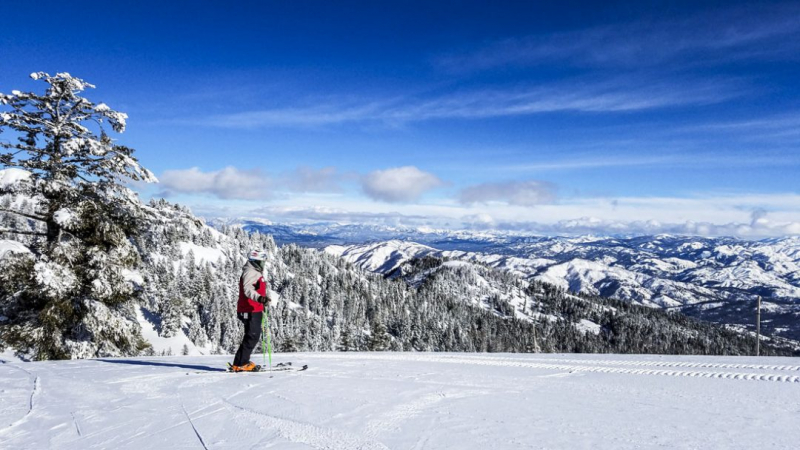
https://www.meganstarr.com/day-trips-from-boise/ 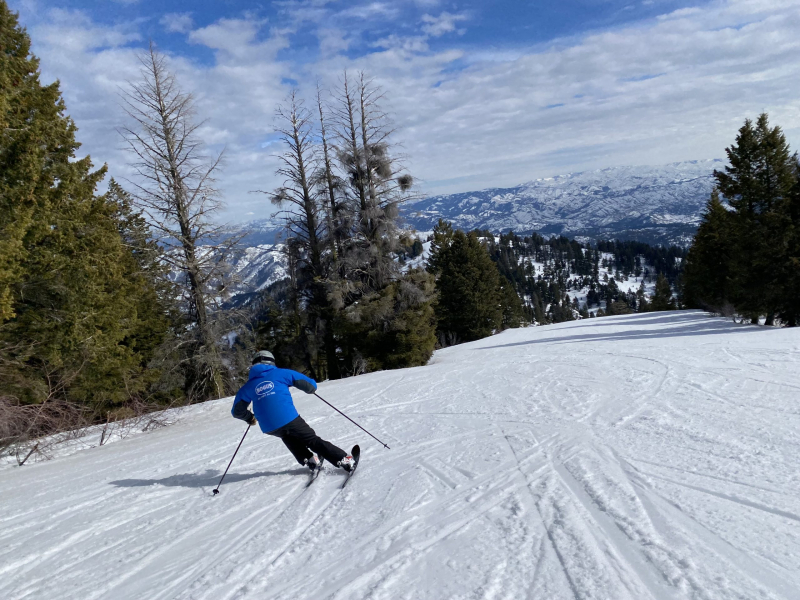
https://www.meganstarr.com/day-trips-from-boise/ -
Located in Owyhee County in southwest Idaho, Bruneau Dunes State Park is a public leisure and geological preservation area in the western United States. It lies fifteen miles (25 km) south of Mountain Home and northeast of Bruneau.
The state park is home to North America's highest single-structured sand dune, which is around 470 feet (140 m) tall. It also has other enormous sand dunes and little lakes. The 4,800-acre (7.5 square mile; 19 km2) park has the Bruneau Dunes Observatory, where guests may see the stars through a telescope.
The Idaho state park also offers other activities including camping, hiking, birding, fishing, and swimming. Additionally, remember that The Bruneau Dunes Observatory Complex, one of two public observatories in Idaho, is home to a 25" telescope if you want to do some stargazing. The state park features habitats in the desert, dunes, prairie, lake, and marsh. The fauna of the desert is well-represented, along with raptors and ducks.
Google rating: 4.5/5.0
Location: 27608 Bruneau Sand Dunes Rd, Bruneau, ID 83604, US
Phone: +1 208-366-7919
Website: https://parksandrecreation.idaho.gov/parks/bruneau-dunes/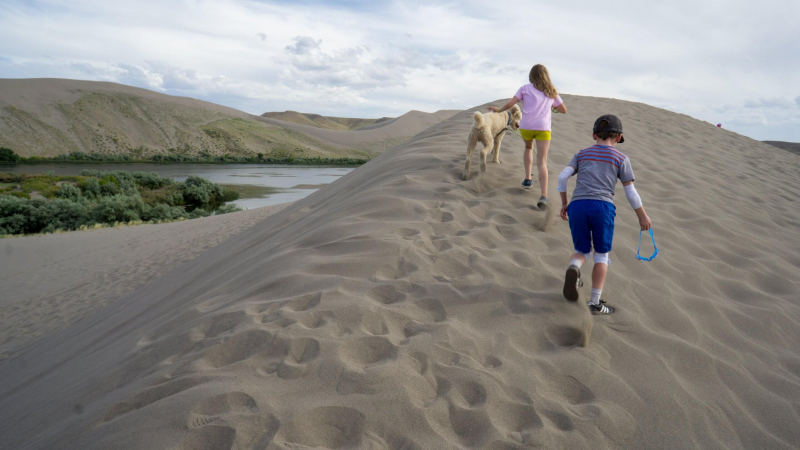
https://www.meganstarr.com/day-trips-from-boise/ 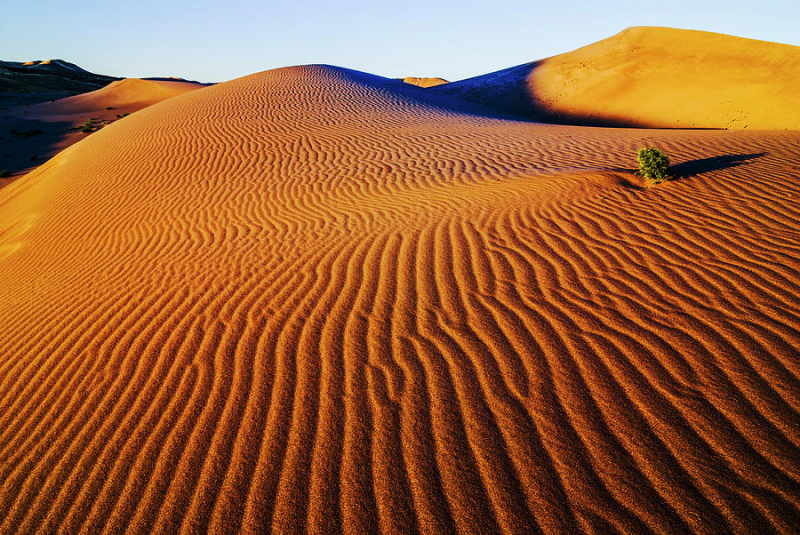
https://www.meganstarr.com/day-trips-from-boise/ -
The Three Island Crossing State Park interprets the location of a Snake River ford on the Oregon Trail and is a history-focused public recreation facility at Glenns Ferry, Elmore County, Idaho, in the United States. In addition to disc golf and camping, the state park has a visitors center with educational exhibits.
Up until Gus Glenn built a ferry over the river approximately two miles (3.2 km) upstream, the location was utilized as a river crossing. The area was officially opened to the public as a state park in 1971 after being deeded by the city of Glenns Ferry to the Idaho Department of Parks and Recreation in 1968.
This state park's resident wildlife includes deer, ducks, fox, swans, songbirds, pelicans, and eagles. Today, you may go there to go camping, play disk golf, chill out in a cabin, and more. The Oregon Trail travelers had to cross a river here in this park (the Snake River, to be exact).
Google rating: 4.6/5.0
Location: 1083 S Three Island Park Dr, Glenns Ferry, ID 83623, US
Phone: +1 208-366-2394
Website: https://parksandrecreation.idaho.gov/parks/three-island-crossing/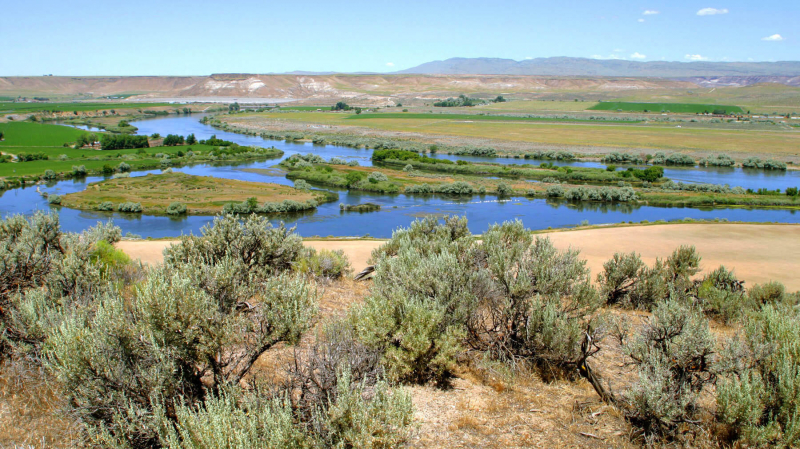
https://janeseestheworld.com/ 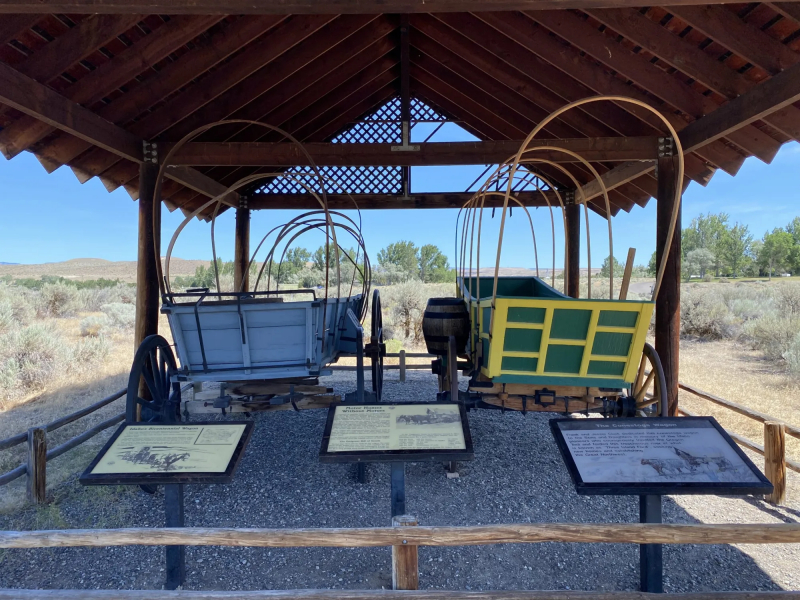
https://janeseestheworld.com/ -
Shoshone Falls is a waterfall in south-central Idaho, in the western United States, three miles northeast of Twin Falls. It is located on the Snake River. Shoshone Falls, sometimes referred to as the "Niagara of the West," is 212 feet (65 m) high, 45 feet (14 m) higher than Niagara Falls, and cascades over a rim that is almost 1,000 feet (300 m) wide.
Shoshone Falls was a significant fishing and trading location for Native Americans. It was created by the cataclysmic outburst flooding of Lake Bonneville during the Pleistocene ice age about 14,000 years ago, marking the historical upper limit of fish migration (including salmon) in the Snake River. Europeans began to record the falls in the 1840s, and despite their remote position, they started to draw tourists in the 1860s.
A portion of the Snake River was diverted at the start of the 20th century so that the Magic Valley could be irrigated. Now, depending on snowfall, irrigation requirements, and power demand, the flows over the falls can be witnessed seasonally. The construction of irrigation systems and hydroelectric power plants on the falls played a significant role in the early economic growth of southern Idaho.
Google rating: 4.8/5.0
Location: 4155 Shoshone Falls Grade, Twin Falls, ID 83301, US
Phone: +1 208-736-2265
Website: https://visitidaho.org/things-to-do/natural-attractions/shoshone-falls/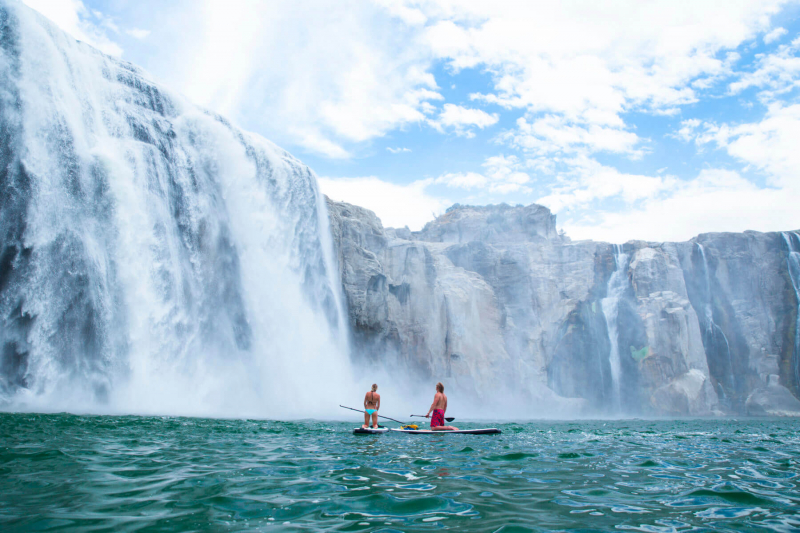
https://www.tfid.org/309/Shoshone-Falls 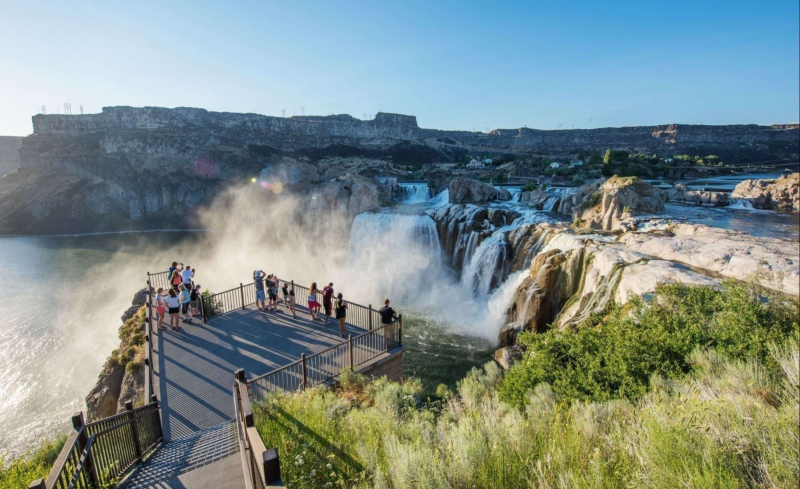
https://www.tfid.org/309/Shoshone-Falls -
In the Magic Valley area of southern Idaho, the Snake River carved out a canyon that serves as a portion of the border between Twin Falls County to the south and Jerome County to the north. The canyon is little over 50 miles long, up to 500 feet (150 meters) deep, and 0.25 miles (0.4 kilometers) broad.
The Perrine Bridge spans the canyon just to the north of Twin Falls. Along the canyon, Shoshone Falls is situated about 5 miles (8 km) east of Perrine Bridge. More than 50 miles of the canyon extend south of Boise into Glenns Ferry.
The first prosperous agricultural businesses in the Magic Valley were established on the Snake River Canyon floor by I. B. Perrine and others in the late 19th century. After irrigation developments made agriculture feasible in the nearby areas in the early 20th century, the canyon's usefulness as a farming location decreased. The canyon bottom is now a popular tourist destination with a number of parks and golf courses.
Google rating: 4.9/5.0
Location: North Central Idaho, US
Phone: (208) 278-3105
Website: https://visitsouthidaho.com/adventure/snake-river-canyon/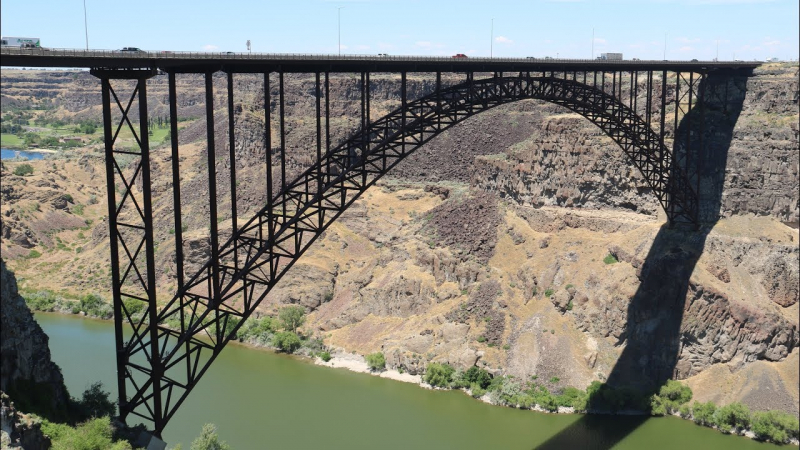
https://www.meganstarr.com/day-trips-from-boise/ 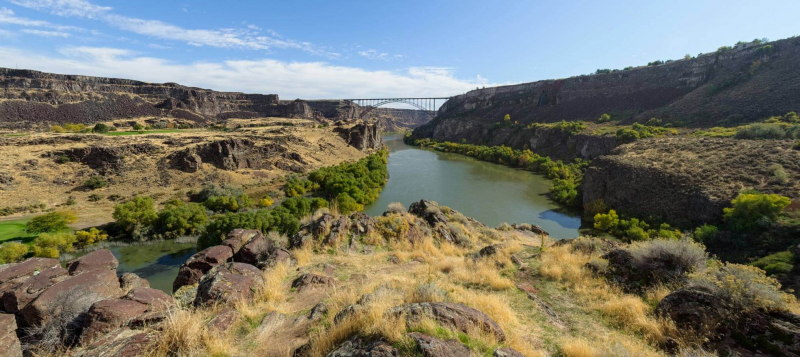
https://www.meganstarr.com/day-trips-from-boise/ -
Idaho, a state in the United States, has a national forest called the Boise National Forest that spans 2,203,703 acres. It is one of the best day trips from Idaho. The Cascade, Emmett, Idaho City, Lowman, and Mountain Home ranger districts, which were formed on July 1st, 1908, from a portion of the Sawtooth National Forest, are among the five entities under U.S. Forest Service management.
Before early 19th-century European immigrants came, the woodland was inhabited by the Shoshone people. Before gold was found in 1862, many of the early residents were trappers and prospectors. Mining for tungsten, silver, antimony, and gold continued in the forest until the middle of the 20th century after the Boise Basin gold rush of the 1860s came to an end.
There are more than 70 campsites, whitewater and flatwater boats, cabin rentals, and 1,300 miles (2,100 km) of hiking, biking, horseback riding, and motorized off-road vehicle trails among the recreational amenities available. The Forest Service's goal is to preserve its resources for diverse uses and sustainable production, including wood, range, water, recreation, and wildlife.
Google rating: 4.5/5.0
Location: Ada, Boise, Elmore, Gem, Valley, and Washington counties, Idaho, United States
Phone: 208-373-4100
Website: https://www.fs.usda.gov/boise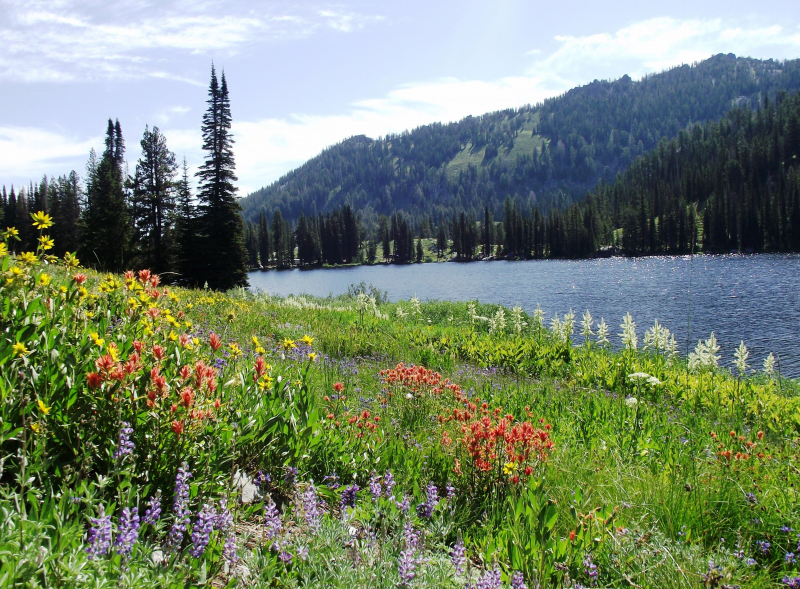
https://www.meganstarr.com/day-trips-from-boise/ 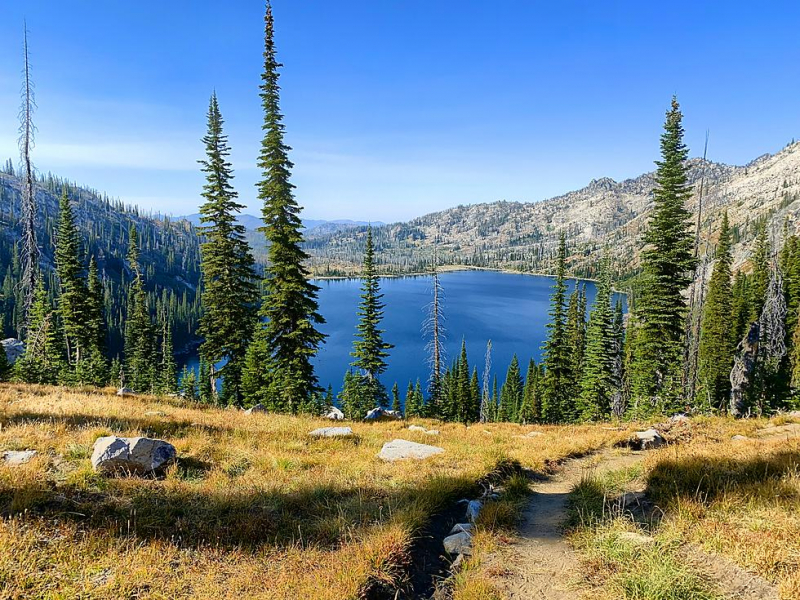
https://www.meganstarr.com/day-trips-from-boise/ -
The majority of the fossilized Hagerman horses in North America may be found at the Hagerman Fossil Beds National Monument, which is close to Hagerman, Idaho. Only one location, known as the Hagerman Horse Quarry, in the monument's northern section has yielded the famed fossilized horses for which it is famous.
The late Pliocene era, or 3.5 million years ago, is when the world's richest known fossil deposits were discovered on the 4,351-acre (17.61 km2) monument. These plants and animals are the oldest examples of contemporary flora and fauna as well as the final sight of the period before the Ice Age. This is especially noteworthy because, despite living on a separate continent, the species represented by the fossils from this Pliocene period of time were alive during the early phases of human development.
In 1975, the fossil beds received the designation of National Natural Landmark. The fossil record also contains several additional species, including as fish, frogs, voles, beavers, saber-toothed cats, mastodons, and bone-crushing dogs (Borophaginae).
Google rating: 4.2/5.0
Location: 17970 US-30, Hagerman, ID 83332, US
Phone: +1 208-933-4105
Website: https://www.nationalparks.org/explore/parks/hagerman-fossil-beds-national-monument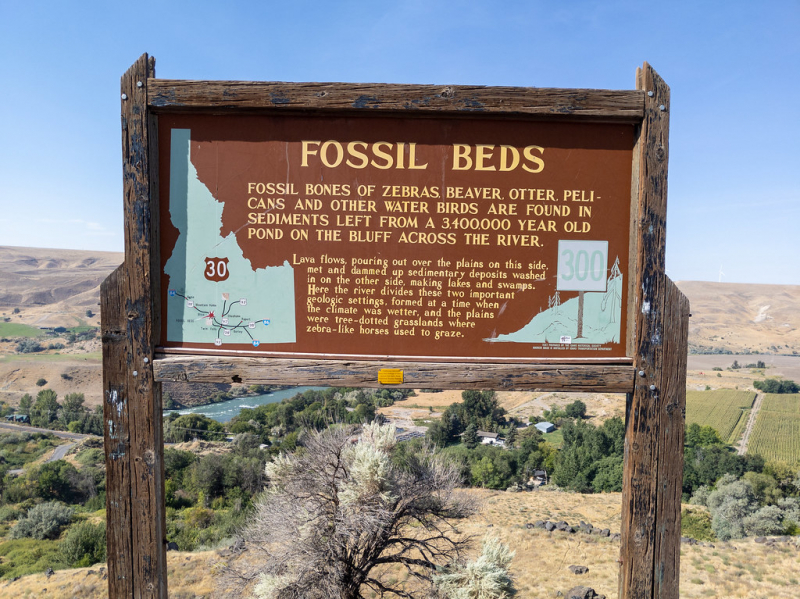
https://www.meganstarr.com/day-trips-from-boise/ 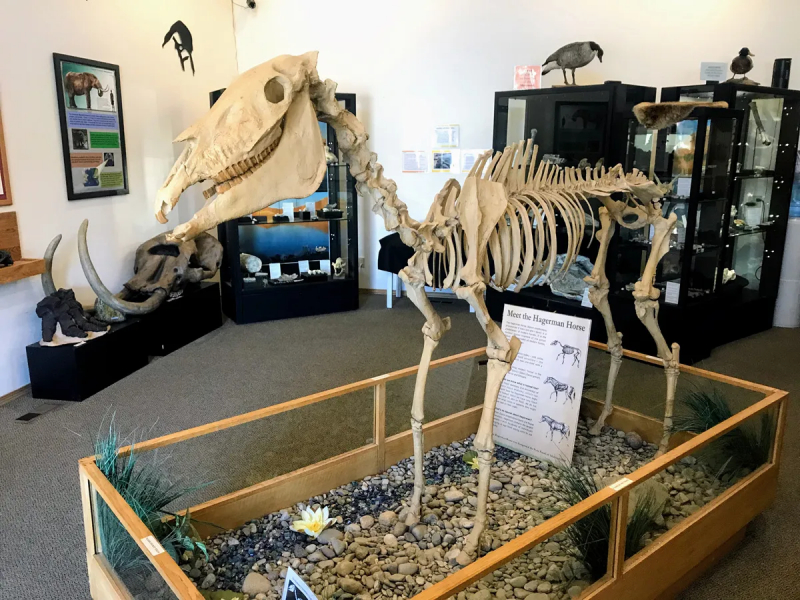
https://www.meganstarr.com/day-trips-from-boise/ -
Located in middle Idaho's Snake River Plain, Craters of the Moon National Monument and Preserve is a national monument and preserve of the United States. It is located between the tiny communities of Arco and Carey along US 20 (also known as US 93 and US 26), at an average height of 5,900 feet (1,800 m) above sea level. On May 2, 1924, The Monument was created.
The Monument area was significantly increased by a presidential proclamation issued by President Clinton in November 2000. In August 2002, the Craters of the Moon National Preserve was established on the 410,000-acre parts of the enlarged Monument managed by the National Park Service. It covers the counties of Blaine, Butte, Lincoln, Minidoka, and Power. South-central Idaho has Craters of the Moon, which is about halfway between Boise and Yellowstone National Park.
Southeast of the Pioneer Mountains is where the lava field extends. The monument's northwest corner is traversed by Combined U.S. Highway 20-26-93, which also offers access to the area. The monument's arid terrain, on the other hand, continues to be inaccessible and underdeveloped, with just one paved road cutting across its northern end.
Google rating: 4.7/5.0
Location: Idaho, US
Phone: +1 208-527-1335
Website: https://visitidaho.org/things-to-do/national-monuments-historical-sites/craters-of-the-moon/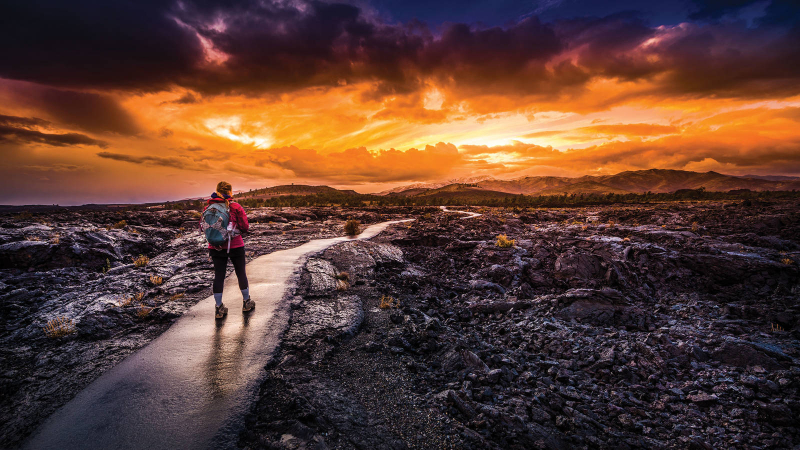
https://www.npca.org/ 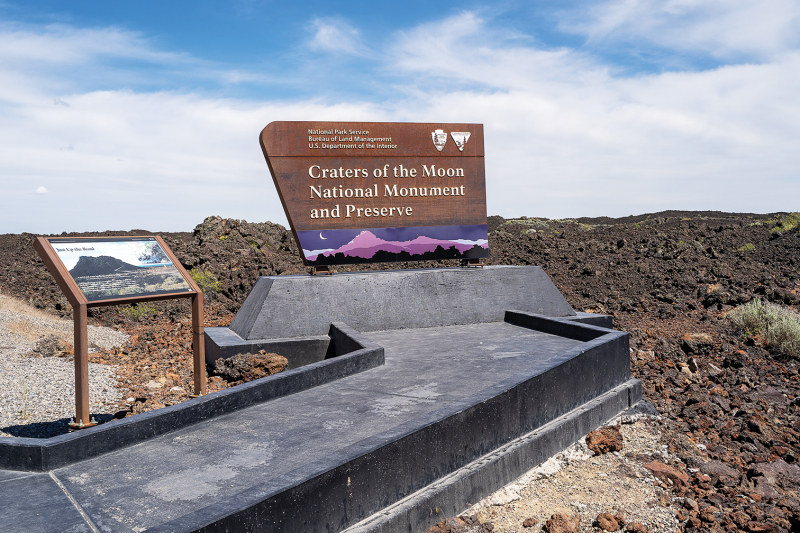
https://www.npca.org/ -
In the American states of Idaho and Utah, there is a national forest called Sawtooth National Forest that spans 2,110,408 acres. In a proclamation issued by President Theodore Roosevelt on May 29, 1905, it was first referred to as the Sawtooth Forest Reserve. It is also one of the best day trips from Idaho.
It is now managed by the U.S. Forest Service within the U.S. Department of Agriculture. The Sawtooth, Cecil D. Andrus-White Clouds, and Hemingway-Boulders wilderness areas are all part of the Sawtooth National Recreation Area (SNRA), which was established on August 22, 1972. The SNRA and the Fairfield, Ketchum, and Minidoka Ranger Districts are two of the four entities responsible for managing the forest.
A total of 47% of the forest's acreage is covered with trees, while another 3% may sustain them but does not yet have any. While forested sections of the Sawtooth National Forest have a diversity of tree species, lower elevations frequently have sagebrush and grassland plant types. In a portion of the SNRA, lodgepole pine grows in essentially monotypic woods with little other flora. Under lodgepole pines, you'll discover grasses, a few forbs, miniature huckleberries, and grouse whortles.
Google rating: 4.8/5.0
Location: Idaho 75, Stanley, ID 83278, US
Phone: 208-423-7500
Website: https://www.fs.usda.gov/sawtooth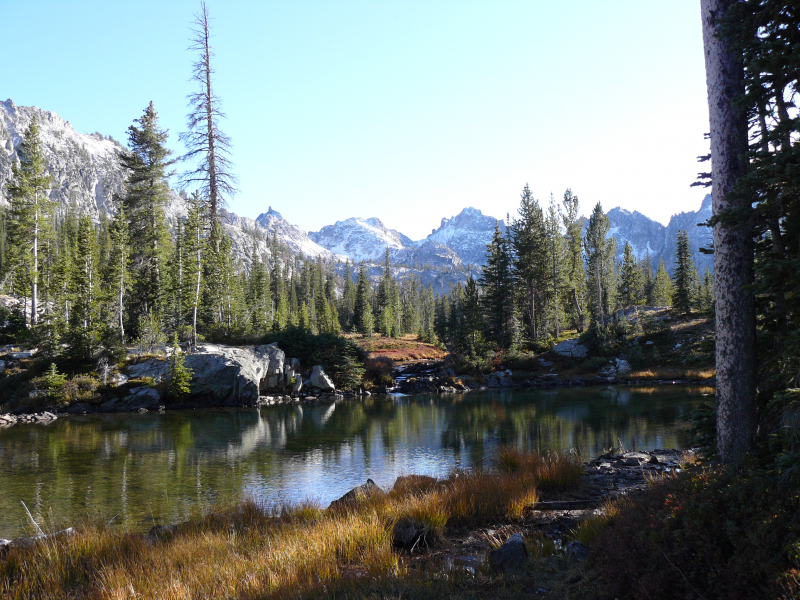
https://www.mountainphotography.com/ 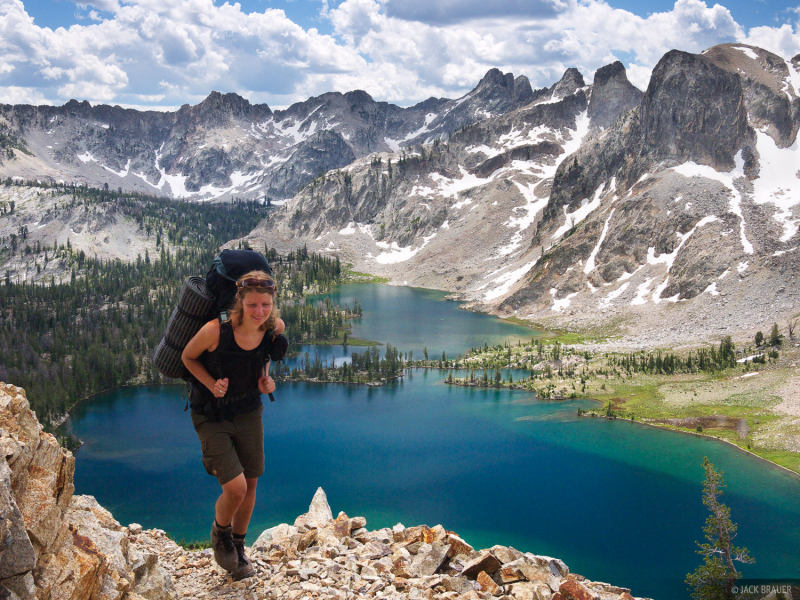
https://www.mountainphotography.com/ -
Located in south-central Idaho, about 2 miles (3.2 km) north of the Utah border, the City of Rocks National Reserve, often referred to as the Silent City of Rocks, is a United States National Reserve and state park. Large granite rock formations and top-notch rock climbing are two of its most well-known features.
Granitic granite from the Oligocene Almo pluton and Archean Green Creek Complex makes up the majority of the rock spires in the City of Rocks and the neighboring Castle Rocks State Park. With over 1,000 established and bolt-protected routes, City of Rocks is another well-liked rock climbing location. Some of the most challenging routes in the nation were found there in the 1980s, several of which were created by Tony Yaniro, an Idaho climber.
Since humans first began to visit this area, City of Rocks, a remarkable encirclement of granite rising out of the gently sloping sagebrush terrain in south-central Idaho, has drawn interest. Both the Shoshone and the immigrants on the California Trail slept here. The reserve's high level of biological variety confined in a very compact area is one of its most noticeable features. The natural landscape's enormous range of textures, hues, and forms greatly enhances the reserve's aesthetic value.
Google rating: 4.8/5.0
Location: Almo, ID 83312, US
Phone: +1 208-824-5901
Website: https://parksandrecreation.idaho.gov/parks/city-rocks-national-reserve/